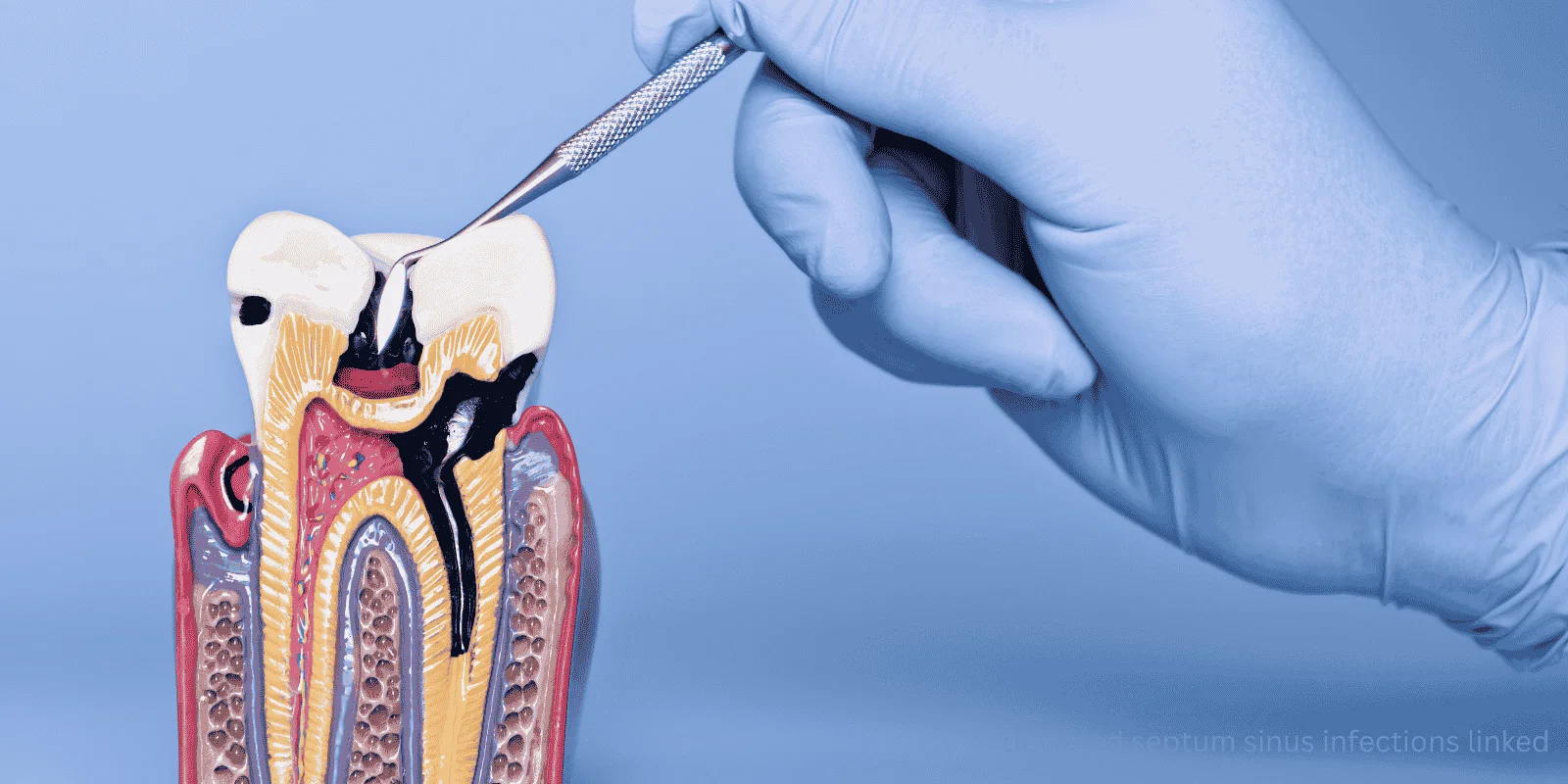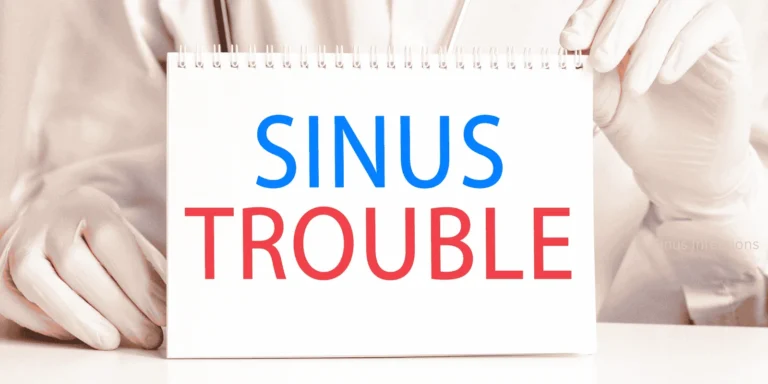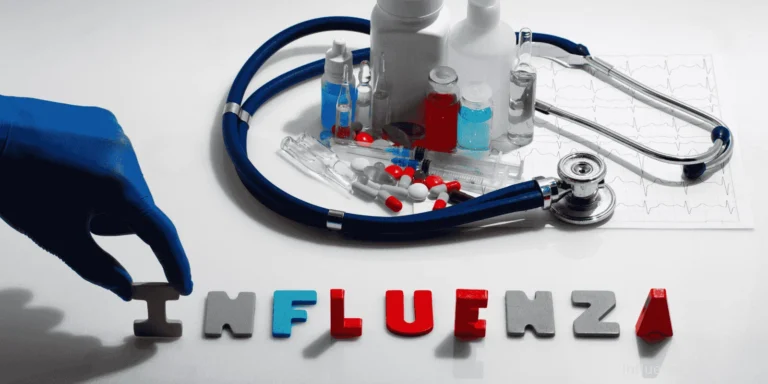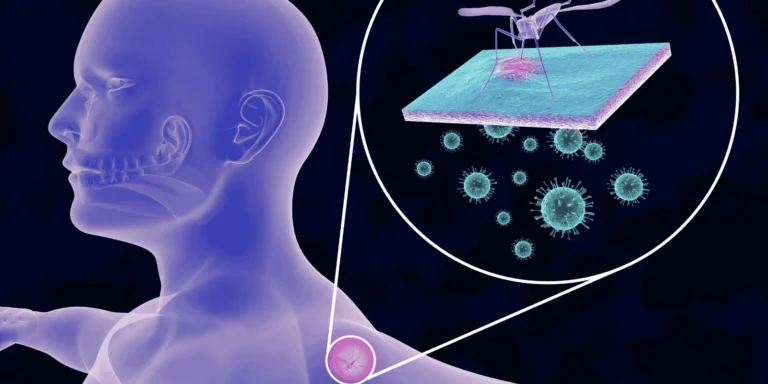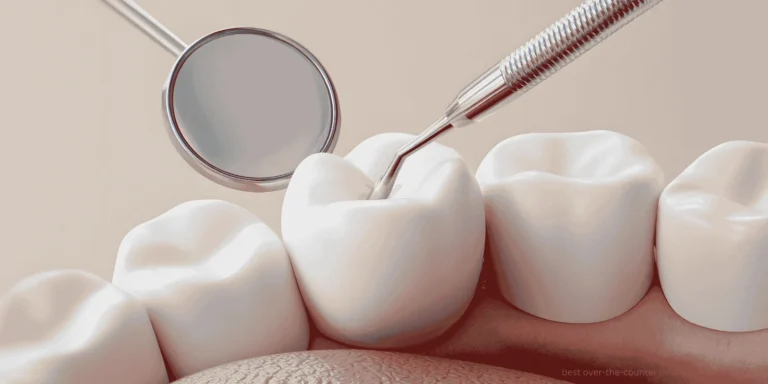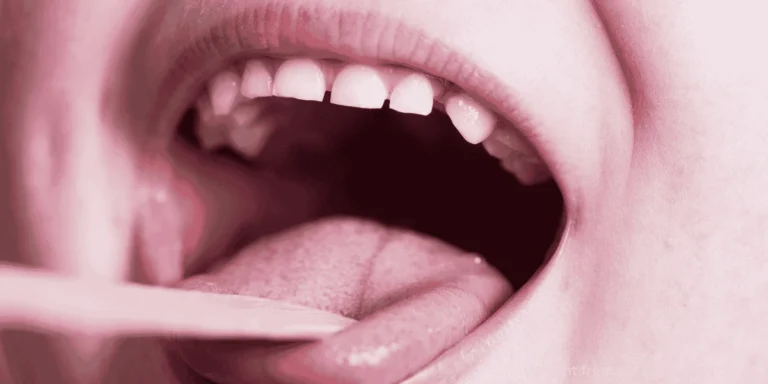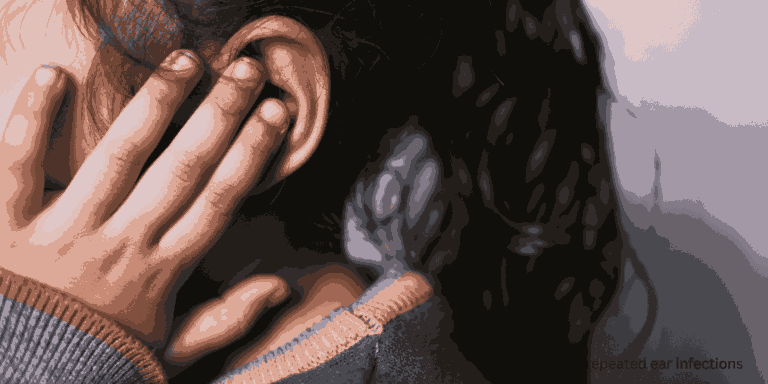Yes, a deviated septum absolutely increases your risk of chronic sinus infections, though not everyone with a crooked septum develops sinus problems. The connection comes down to drainage and airflow.
How a deviated septum causes sinus issues:
Your nasal septum – that wall dividing your nostrils – is supposed to be straight. Most people’s septums lean somewhat to one side (mine included), but severe deviation creates real problems.
When the septum blocks one nasal passage significantly, mucus can’t drain properly from the sinuses on that side. Trapped mucus becomes a breeding ground for bacteria. It’s like a clogged sink – eventually things start growing in the stagnant water.
The blocked side also restricts airflow, preventing air from circulating through the sinuses. This creates negative pressure and inflammation, making infections more likely.
Signs your deviated septum is causing sinus problems:
Frequent sinus infections on the same side repeatedly – that’s the big clue. If you’re getting sinusitis 4-5 times a year or more, a structural problem might be the culprit.
One-sided symptoms suggest septum involvement. Congestion, facial pressure, or headaches consistently affecting the same side point toward a deviation blocking that side.
Chronic post-nasal drip develops when mucus can’t drain normally through the nose, so it drips down the throat instead.
Snoring or sleep problems worsen because the blocked passage forces mouth breathing and disrupts sleep.
Reduced sense of smell happens when airflow can’t reach the olfactory area at the top of your nasal passages.
Not everyone needs surgery:
I’ve treated plenty of patients with deviated septums who manage fine with conservative care. Nasal steroid sprays reduce inflammation, saline rinses help drainage, and treating individual infections as they occur keeps things under control.
Surgery (septoplasty) makes sense when conservative treatment fails and infections keep recurring. The procedure straightens the septum, improving drainage and airflow.
Other causes of recurrent sinusitis:
Don’t assume your deviated septum is the only culprit. Allergies, nasal polyps, immune problems, and environmental factors also contribute to chronic sinus infections. Sometimes multiple issues combine.
When to consider surgical evaluation:
If you’re getting sinus infections more than 3-4 times yearly despite proper treatment, or if infections consistently affect one side, an ENT consultation makes sense. CT imaging can show how severely the septum blocks drainage.
Treatment approach:
Start by treating the acute infection. Most people need antibiotics to clear active sinusitis. Then evaluate whether the deviation is causing ongoing problems or if managing flare-ups as they occur works well enough.
ChatRx can help diagnose and treat acute sinus infections, and if a pattern of frequent infections emerges, recommend evaluation for underlying structural issues.

